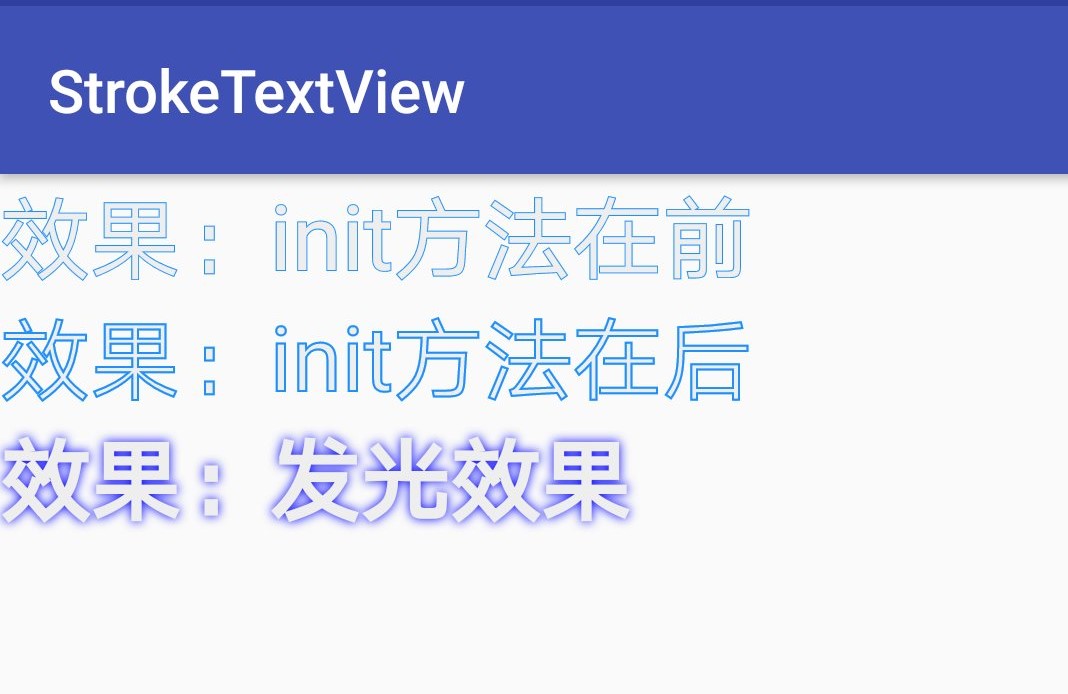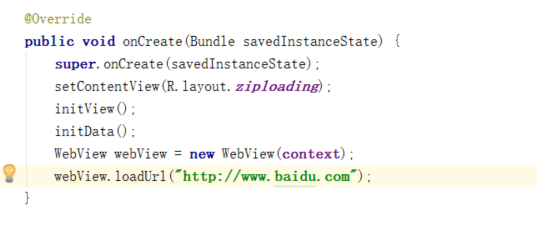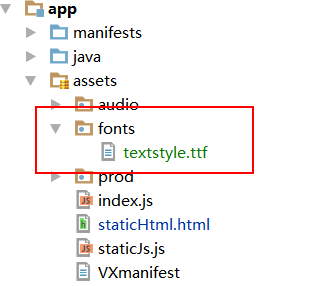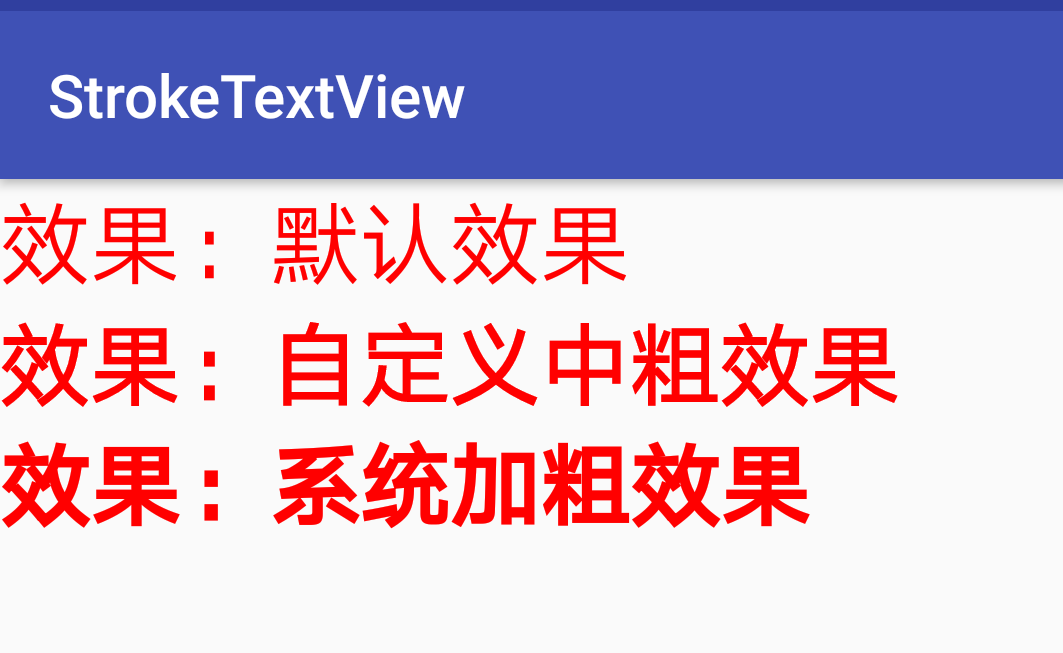我试图在Unity的项目中使用Tensorflowsharp.
我面临的问题是,对于变换,您通常使用第二个Graph将输入转换为张量.
Android上不支持使用的函数DecodeJpg和DecodePng,那么如何将输入转换为张量?
private static void ConstructGraphTonormalizeImage(out TFGraph graph, out TFOutput input, out TFOutput output, TFDataType destinationDataType = TFDataType.Float)
{
const int W = 224;
const int H = 224;
const float Mean = 117;
const float Scale = 1;
graph = new TFGraph();
input = graph.Placeholder(TFDataType.String);
output = graph.Cast(graph.Div(
x: graph.Sub(
x: graph.ResizeBilinear(
images: graph.ExpandDims(
input: graph.Cast(
graph.DecodeJpeg(contents: input, channels: 3), DstT: TFDataType.Float),
dim: graph.Const(0, "make_batch")),
size: graph.Const(new int[] { W, H }, "size")),
y: graph.Const(Mean, "mean")),
y: graph.Const(Scale, "scale")), destinationDataType);
}
其他解决方案似乎会产生不准确的结果.
也许以某种方式使用Mat对象?
和我的编辑:
我在Unity中用c#实现了一些比较,它可以部分工作.它完全不准确.我怎么会发现平均值?而且我找不到关于rgb命令的任何信息.我真的很新,所以也许我只是忽略了它. (在Tensorflow.org上)使用1.4中受过训练的MobileNet.
public TFTensor transformInput(Color32[] pic, int texturewidth, int textureheight)
{
const int W = 224;
const int H = 224;
const float imageMean = 128;
const float imageStd = 128;
float[] floatValues = new float[texturewidth * textureheight * 3];
for (int i = 0; i < pic.Length; ++i)
{
var color = pic[i];
var index = i * 3;
floatValues[index] = (color.r - imageMean) / imageStd;
floatValues[index + 1] = (color.g - imageMean) / imageStd;
floatValues[index + 2] = (color.b - imageMean) / imageStd;
}
TFShape shape = new TFShape(1, W, H, 3);
return TFTensor.FromBuffer(shape, floatValues, 0, floatValues.Length);
}
解决方法:
而不是提供字节数组,然后使用DecodeJpeg,您可以提供实际的浮点数组,您可以这样:
float[] floatValues = new float[inputSize * inputSize * 3];
int[] intValues = new int[inputSize * inputSize];
bitmap.getPixels(intValues, 0, bitmap.getWidth(), 0, 0, bitmap.getWidth(), bitmap.getHeight());
for (int i = 0; i < intValues.length; ++i) {
final int val = intValues[i];
floatValues[i * 3 + 0] = (((val >> 16) & 0xFF) - imageMean) / imageStd;
floatValues[i * 3 + 1] = (((val >> 8) & 0xFF) - imageMean) / imageStd;
floatValues[i * 3 + 2] = ((val & 0xFF) - imageMean) / imageStd;
}
Tensor<Float> input = Tensors.create(floatValues);
要使用“Tensors.create()”,您需要至少拥有Tensorflow版本1.4.






